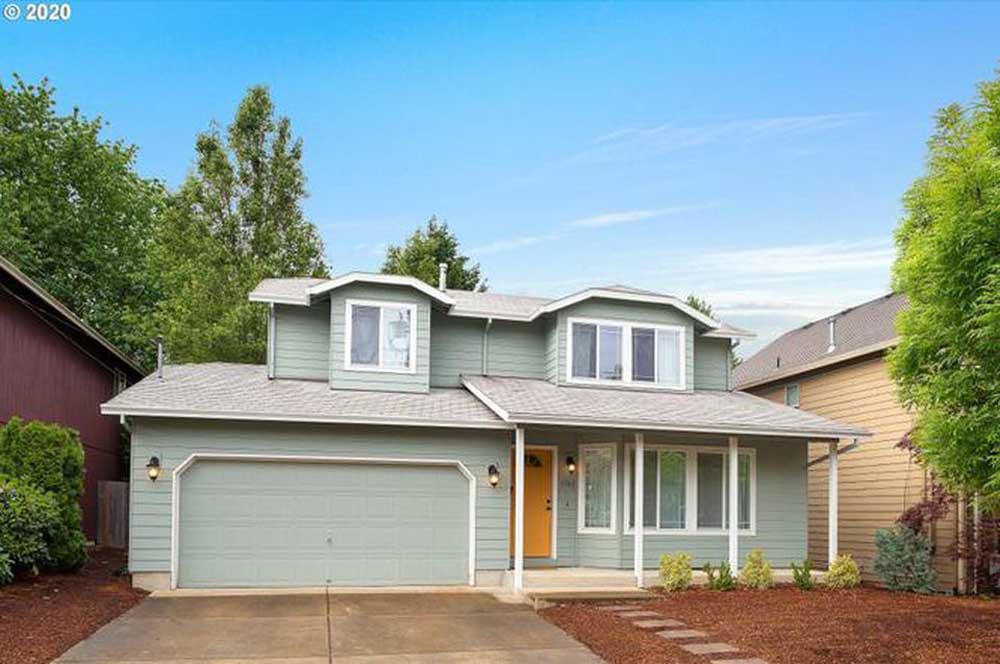Portland homes with a private office, big yard are selling fast during the coronavirus
Published 12:12 pm Monday, July 6, 2020

- 3305 N. Arlington Place in Portland’s Kenton neighborhood went pending with five offers after four days on the market.
Despite stay-at-home orders, the coronavirus pandemic, high unemployment and an unsure global economy, people are buying homes in Portland. The motivating factors: Historically low mortgage interest rates and the realization that shuttered offices and schools require more living space.
The right house on the market is selling fast, and sometimes a bidding war breaks out, due to low inventory and pent-up demand.
Trending
A half-century-old ranch house in Portland’s Centennial Community received 13 offers over the first weekend it was listed. It sold for $40,000 over the asking price.
An updated daylight ranch-style house on 0.25 acres with a separate home office overlooking a pool — called “the ultimate work-from-home oasis,” by listing agent Deb Kemp of The Agency — received 14 offers in the first four days.
“People are willing to overpay for what they want because of lending rates,” said Israel Hill, the office leader of John L. Scott Real Estate’s Portland Northeast office.
He estimates $10,000 added to the cost of a house breaks down to $50 more a month with a 30-year mortgage. “If I’m saving $300 to $400 a month not eating out, I can buy a lot bigger house with a nice kitchen,” he said.
He and his team are seeing multiple offers in well-priced residential properties at the $700,000 range and under, especially if there is a studio to set up a work-efficient “zoom room,” as well as extra living space for family members and a large backyard.
Consumers, rather than investors, are generating most of the market activity by buying and selling homes, he said.
Trending
“The coronavirus has fundamentally changed how you view your house,” Hill said. “Before COVID-19, people wanted to walk to get coffee, delicious food, and join activities like movies in the park. Now that people are working, homeschooling and cooking at home, they wish they had a backyard to hang out in, and the open concept living space doesn’t give them privacy to conduct work calls.”
Hill said many people viewed their home as “an ATM,” drawing funds from it until the recession hit in 2007 and values plunged. After that, people wanted a lifestyle connected to neighborhoods and schools.
But with children attending web academies and parents authorized to work at home, they can live anywhere, he says, driving up demand for acreage and desire for suburbs and rural communities.
“Home shoppers are asking, ‘How can I live while lessening my contact with other people?‘” he said.








